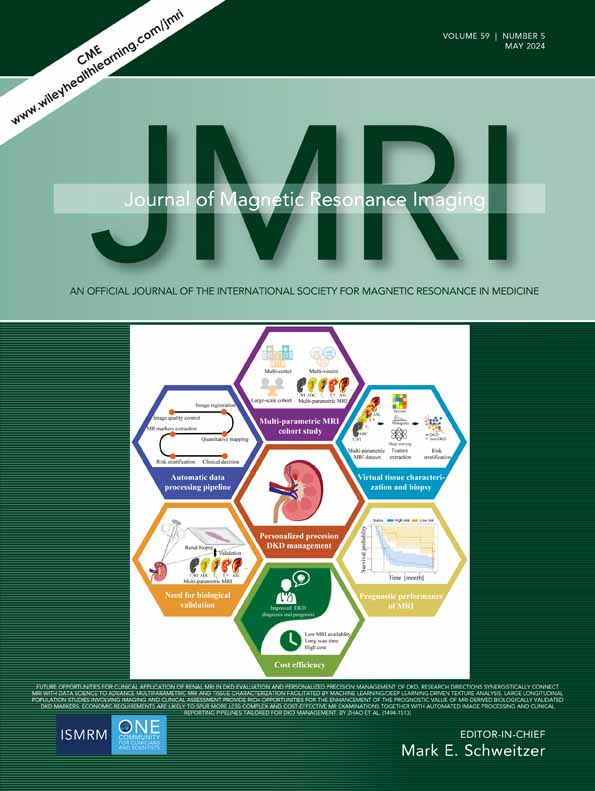MR Uniformity Ratio Estimates to Evaluate Ventricular Mechanical Dyssynchrony and Prognosis After ST-Segment Elevation Myocardial Infarction
Jian-Xun Dong, Lai Wei, and Li-Xing Jin contributed equally to this work.
Abstract
Background
The impact of left ventricular mechanical dyssynchrony (LVMD) on the long-term prognosis of ST-segment elevation myocardial infarction (STEMI) is unclear.
Hypothesis
MR uniformity ratio estimates (URE) can detect LVMD and assess STEMI prognosis.
Study Type
Retrospective analysis of a prospective multicenter registry (EARLY-MYO trial, NCT 03768453).
Population
Overall, 450 patients (50 females) with first-time STEMI were analyzed, as well as 40 participants without cardiovascular disease as controls.
Field Strength/Sequence
3.0-T, balanced steady-state free precession cine and late gadolinium enhancement imaging.
Assessment
MRI data were acquired within 1 week of symptom onset. Major adverse cardiovascular events (MACEs), including cardiovascular death, nonfatal re-infarction, hospitalization for heart failure, and stroke, were the primary clinical outcomes. LVMD was represented by circumferential URE (CURE) and radial URE (RURE) calculated using strain measurements. The patients were grouped according to clinical outcomes or URE values. Patients' clinical characteristics and MR indicators were compared.
Statistical Tests
The Student's t-test, Mann–Whitney U test, chi-square test, Fisher's exact test, receiver operating characteristic curve analysis with area under the curve, Kaplan–Meier analysis, Cox regression, logistic regression, intraclass correlation coefficient, c-index, and integrated discrimination improvement were used. P < 0.05 was considered statistically significant.
Results
CURE and RURE were significantly lower in patients with STEMI than in controls. The median follow-up was 60.5 months. Patients with both lower CURE and RURE values experienced a significantly higher incidence of MACEs by 3.525-fold. Both CURE and RURE were independent risk factors for MACEs. The addition of UREs improved diagnostic efficacy and risk stratification based on infarct size and left ventricular ejection fraction (LVEF). The indicators associated with LVMD included male sex, serum biomarkers (peak creatine phosphokinase and cardiac troponin I), infarct size, and LVEF.
Data Conclusion
CURE and RURE may be useful to evaluate long-term prognosis after STEMI.
Evidence Level
4
Technical Efficacy
Stage 2




